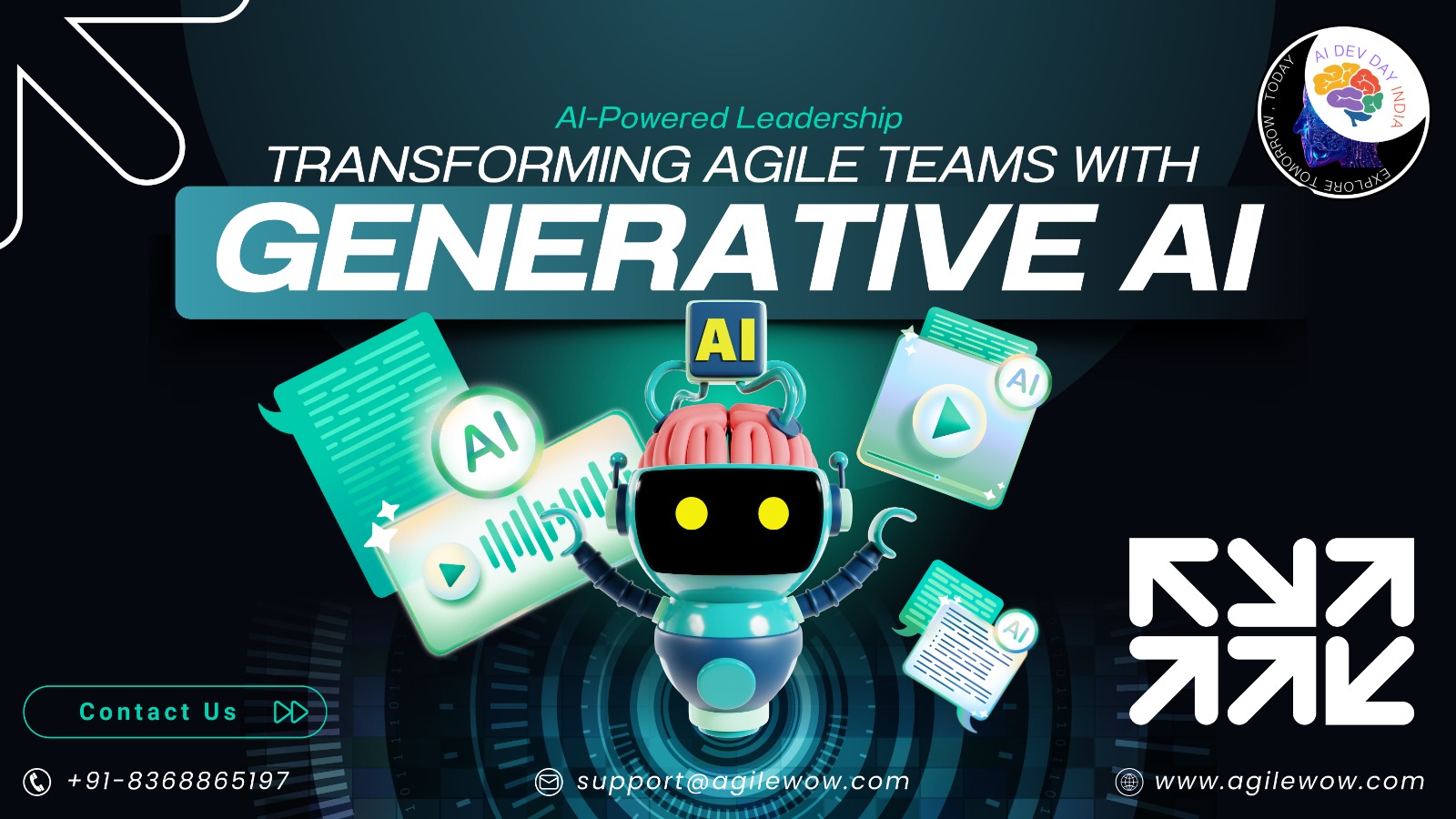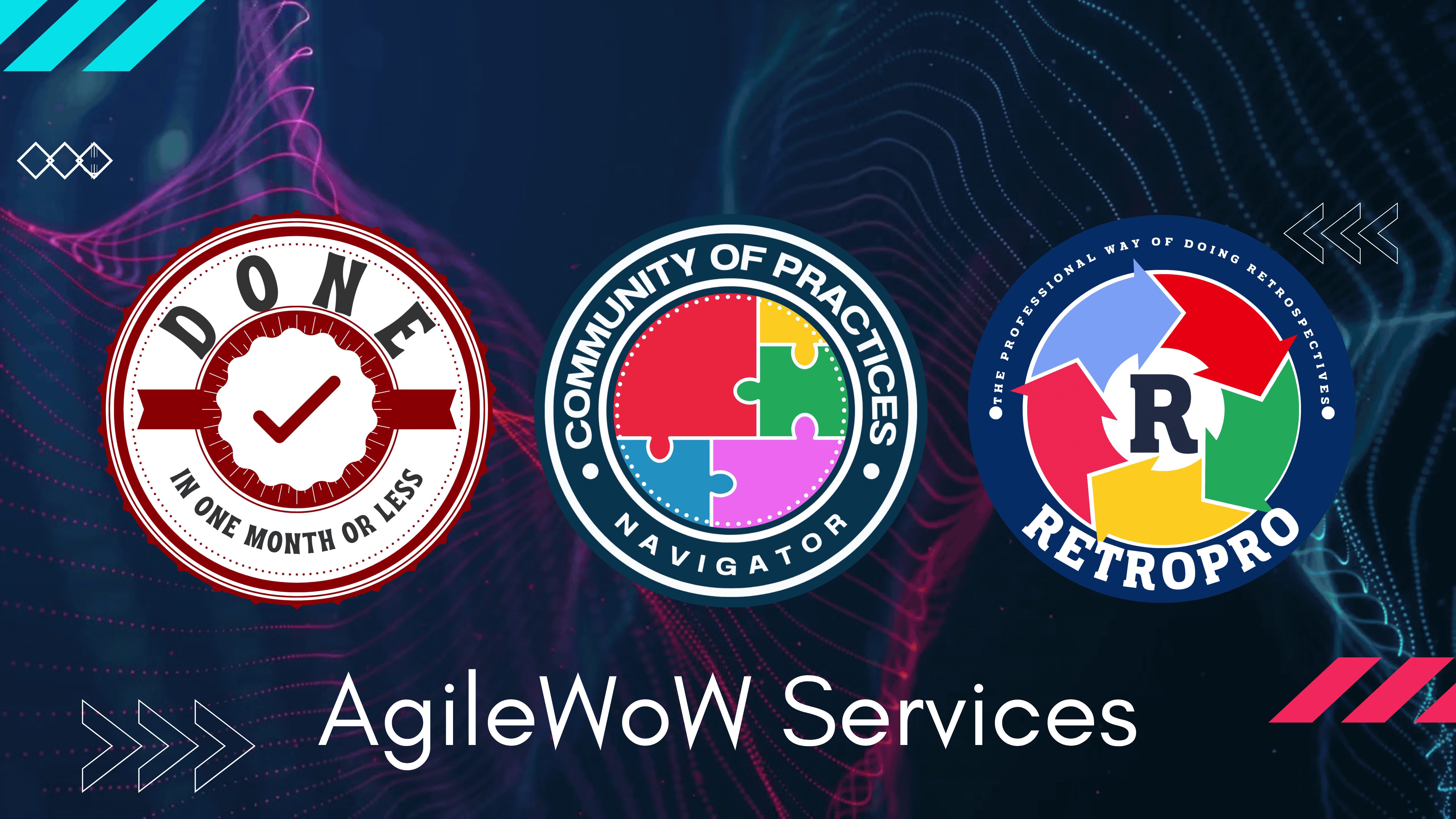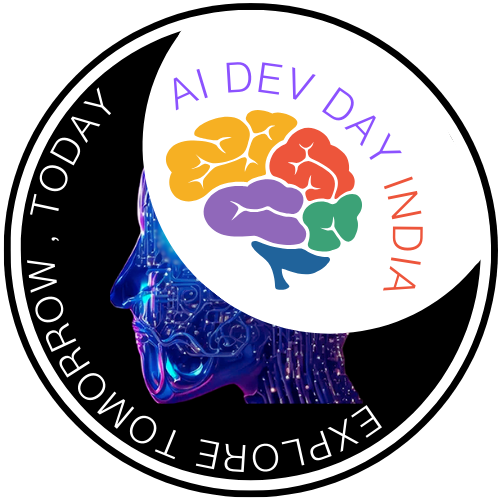AI-Powered Leadership: Using Generative AI to Inspire and Guide Agile Teams

The way we lead and manage teams is changing rapidly. The traditional leadership model, where decisions were based solely on human intuition and past experiences, is being transformed by AI. Generative AI is not just a productivity tool; it is an advisor, innovator, and enabler that helps leaders inspire and guide Agile teams toward faster decision-making, better collaboration, and smarter execution.
But what does AI-powered leadership really mean? How can leaders embrace AI to enhance, not replace, their leadership capabilities? Let’s explore.
AI as a Leadership Co-Pilot, Not a Replacement
A common fear is that AI will replace leadership roles, but in reality, it will augment them. AI doesn’t have emotional intelligence, ethical judgment, or strategic vision, but it can process vast amounts of data, identify patterns, and suggest insights that humans might miss.
Example 1:
A Scrum Master managing multiple Agile teams can use AI-powered dashboards to predict potential bottlenecks, analyze sprint velocity trends, and offer proactive solutions—allowing them to focus on coaching and team empowerment rather than just monitoring progress.

AI’s Role in Agile Leadership
Generative AI isn’t just about automation; it redefines leadership in Agile environments by assisting in:
Decision-Making with Data-Driven Insights
Leaders often make critical decisions based on limited information or gut feeling. AI can analyze market trends, team performance, and customer feedback to offer data-backed recommendations in real-time.
Enhancing Communication and Transparency
Clear, transparent communication is key in Agile environments. AI tools like ChatGPT, Notion AI, or Microsoft Copilot can help:
- Summarize long meetings into actionable insights.
- Generate stand-up meeting reports to track progress.
- Provide automated sprint reviews based on team input.
Example:
AI can draft sprint updates and tailor them for different audiences—executives, team members, and stakeholders—ensuring clarity and alignment across all levels.
Coaching and Team Empowerment
Leaders are coaches first, managers second. AI can assist leaders in:
- Identifying team skill gaps and recommending training.
- Analyzing engagement levels to prevent burnout.
- Providing real-time feedback based on retrospectives and historical sprint data.
Predicting Risks Before They Happen
Agile leaders thrive in uncertainty, but what if AI could help them see risks before they arise? AI-driven analytics can:
- Detect sprint slippage trends and recommend solutions.
- Forecast team burnout by analyzing work patterns.
- Identify dependencies between teams to prevent last-minute conflicts.
Example:
AI can predict when a team might miss a sprint goal and suggest alternative paths—giving leaders time to course-correct before it’s too late.
Automating Repetitive Tasks, So Leaders Can Focus on People
AI can take over routine administrative tasks, freeing leaders to focus on strategy, innovation, and team development.
- AI-generated meeting agendas & action items
- Automated sprint planning recommendations
- Sentiment analysis of team feedback for leadership insights
The Human Side of AI-Powered Leadership
While AI can be a powerful ally, it cannot replace human qualities like empathy, ethical judgment, and emotional intelligence. The best leaders will be those who:
- Balance AI insights with human intuition.
- Use AI to empower teams, not control them.
- Foster a culture of trust and adaptability.
Example:
A leader should use AI-driven reports to guide conversations, not dictate decisions—ensuring that team members feel heard and valued.
The Future of Agile Leadership is AI-Augmented
AI is not here to replace Agile leaders—it’s here to elevate them. By embracing AI, leaders can make better decisions, communicate effectively, coach their teams with precision, and predict challenges before they escalate.
The question is no longer "Will AI change leadership?"
The real question is: "Are you ready to lead with AI?"
What Do You Think?
How do you see AI shaping leadership in Agile teams?
Are you already using AI tools in your leadership role?




